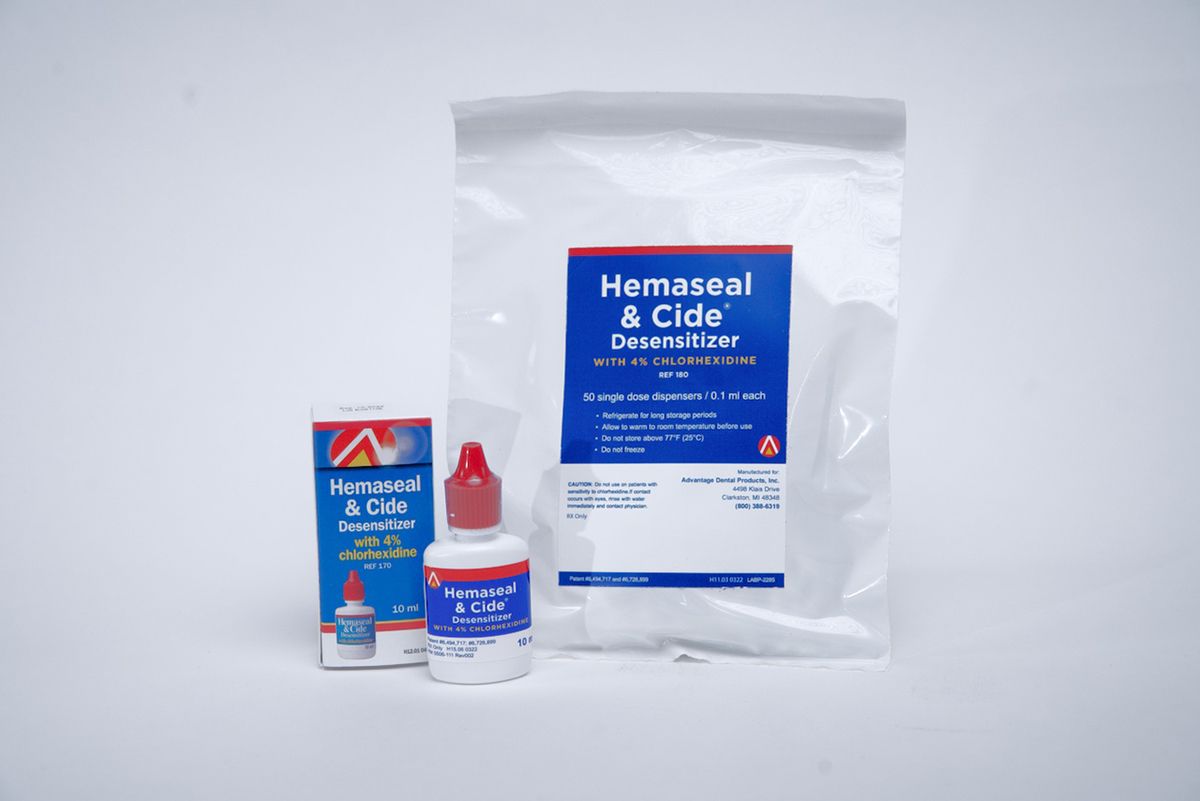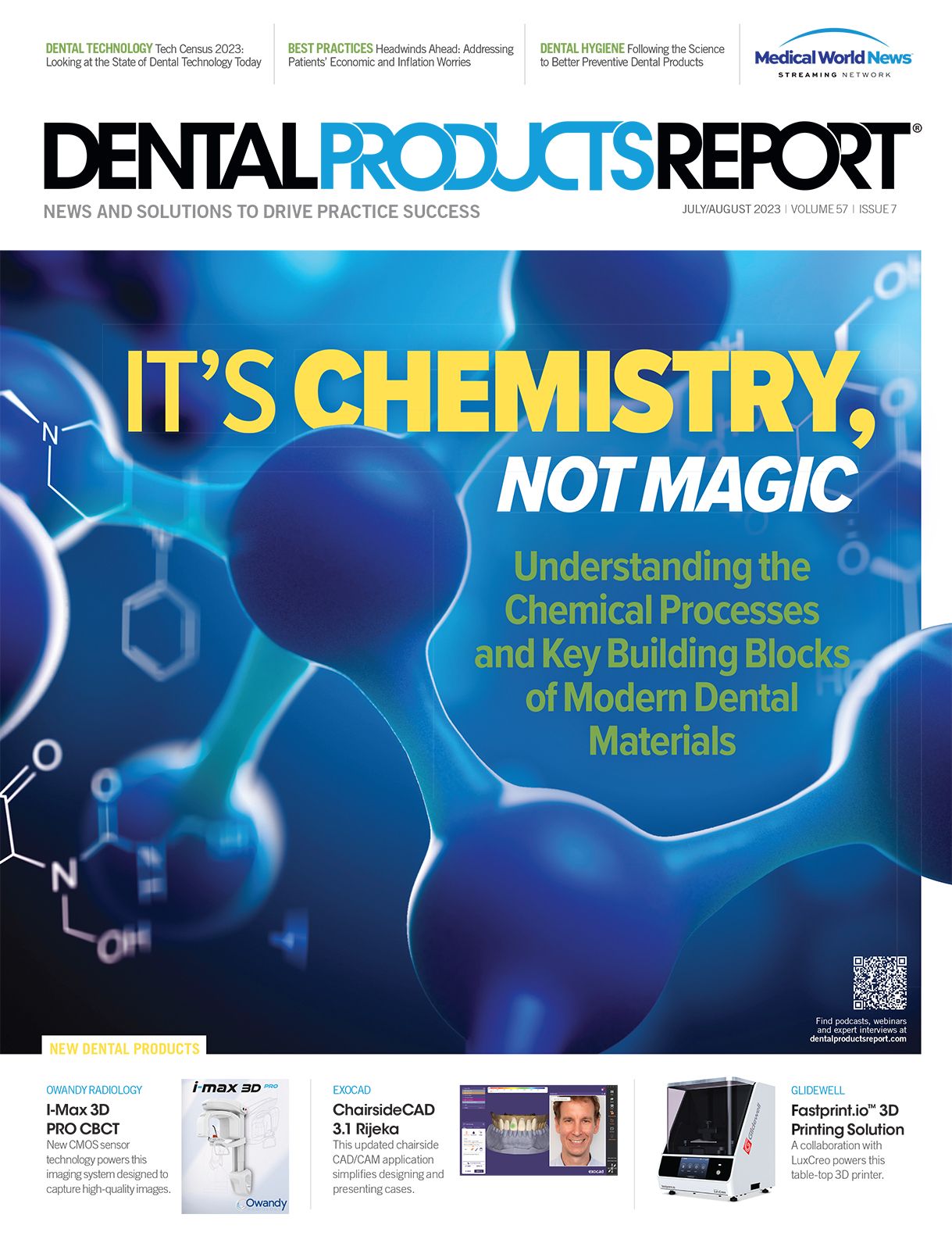The Practice
Fossil Creek Dental Partners in Fort Worth, Texas, is mainly a restorative practice. Chad C. Duplantis, DDS, FAGD, and his staff treat patients of all ages with a focus on high-level restorative dentistry.
The Prior Solution
Prior to switching to Hemaseal & Cide, Dr Duplantis, who has been in practice for more than 20 years, was using 2% chlorhexidine. “I had tried other antimicrobials in the past, as they are important to adhesive dentistry. The benefit of an improved bond strength is something that I was always looking for, as are most dentists. Chlorhexidine has been proven effective following etching in reducing MMPs (matrix metalloproteinases), which can have a detrimental effect on bond strength. Much of the research led me to believe that chlorhexidine was extremely beneficial,” he says.
Upgrade Inspiration
Hemaseal & Cide, in addition to having 4% chlorhexidine, has the added benefit of 2-hydroxyethyl methacrylate (HEMA) for penetration of the bonding agent into the dentinal tubules, and because it also has 4% chlorhexidine, Dr Duplantis wanted to try it in his practice. “I felt that this was a really great combination to further enhance my bonding strengths,” he explains. “There is a lot of research on the benefits of both ingredients. So, this unique combination was a must. Additionally, Dental Advisor had tested the product and found that it had an extremely favorable zone of bacterial inhibition. With this being said, I feel that this is the perfect union of 2 products for increasing bond strength AND reducing sensitivity.”
The New Solution: Hemaseal & Cide Desensitizer
Hemaseal & Cide with 4% chlorhexidine is formulated to eliminate postoperative sensitivity—precluding the need for remakes. This desensitizer is said to deliver superior disinfection of preparations and reduced microleakage. Chlorhexidine has been shown to prolong bonds to dentin, so using Hemaseal & Cide enhances and prolongs the bond strength. This product was the only one shown to improve bond strength with self-etch and total-etch products in a published study of 9 desensitizers (study available upon request). Unlike some desensitizers, Hemaseal & Cide is soft-tissues friendly, and the bulk bottle is designed for ease of use.
Advantage Dental Products, Inc
800-388-6319
advantagedentalinc.com
The Benefits
Hemaseal & Cide is easy to use and to apply and provides a confidence boost for bonding of restorations, according to Dr Duplantis. “The biggest improvement is something that the naked eye or any practitioner will not be able to truly appreciate. As with any bonding agent or enhancement product, I want something that is easy to use, enhances longevity of the restoration and does not create postoperative sensitivity,” he says. “My restorations are lasting, it doesn’t disrupt my workflow, and my patients do not have sensitivity. So, this checks all the boxes—long-lasting restorations and no sensitivity.”
The desensitizer is hard on bacteria, as it prevents microleakage around restorations, yet soft on the surrounding soft tissue so that it does not sting the gingiva upon contact. Application of Hemaseal & Cide is simple—apply with a microbrush, remove the excess, and that’s it.
What’s Up Next
When asked how the product might be improved or whether he might switch to another product, Dr Duplantis says: “The only thing that I’d love to see is it delivered in a syringe with a brush tip or sponge to scrub it in, but it works great as is.”


